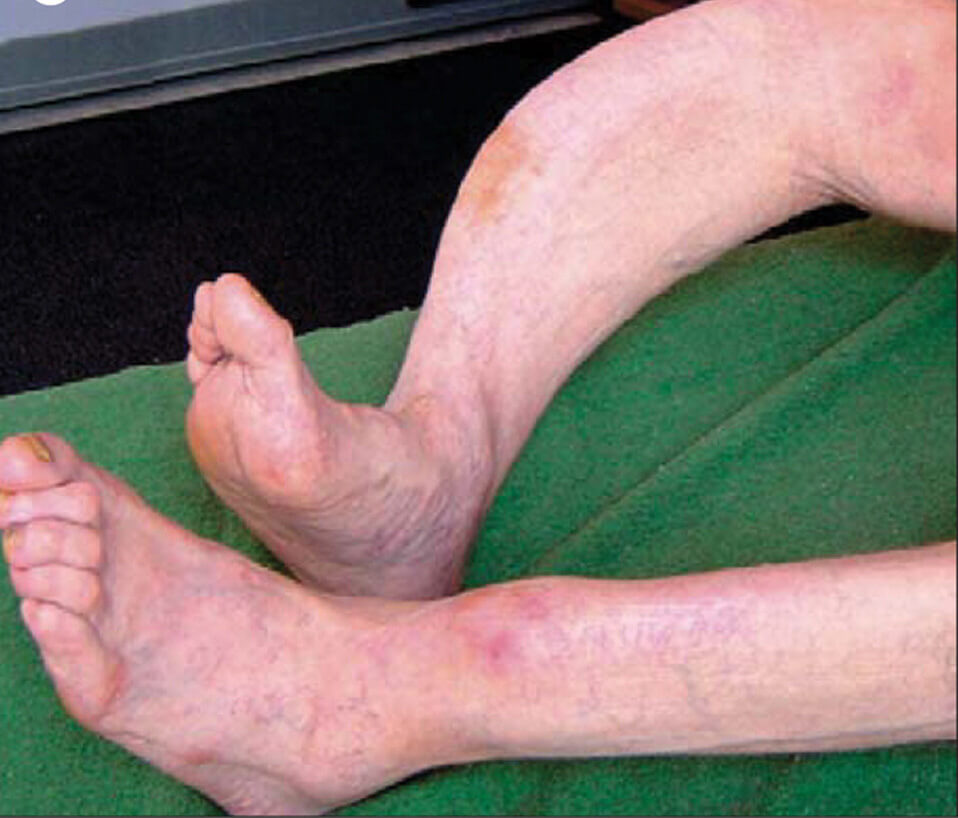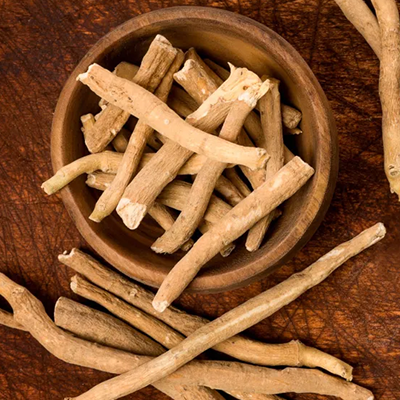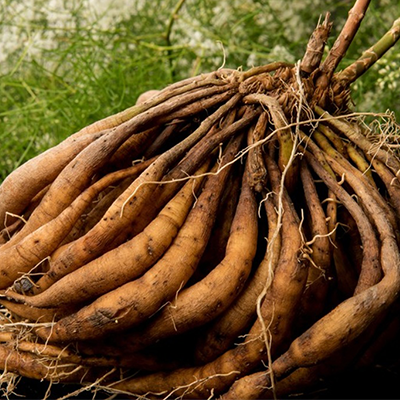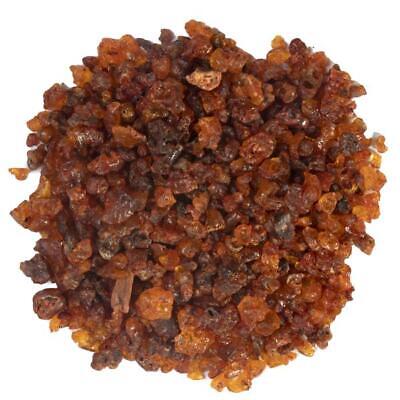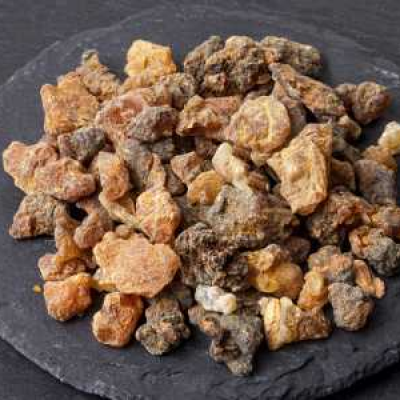Paget’s disease of bone is a chronic disorder that alters the body’s normal bone remodelling process. The disease affects the skeletal system and results in structurally abnormal, enlarged, and weakened bones. To fully understand what happens in Paget’s disease, we need to look at the normal process of bone remodelling and how the disease disrupts it.
Normal Bone Remodelling
Bone is a dynamic tissue that constantly undergoes remodelling, a two-step process:
- Bone resorption: Specialized cells called osteoclasts break down old or damaged bone.
- Bone formation: Another type of cell, osteoblasts, builds new bone to replace the old.
This process ensures the bones stay strong and adapt to stress. Remodelling is tightly regulated to maintain bone quality and calcium balance in the body.
What Happens in Paget’s disease?
Paget’s disease disrupts this balance in specific areas of the skeleton, resulting in three main phases:
Lytic Phase (Excessive Bone Breakdown)
- Hyperactive osteoclasts: In Paget’s disease, osteoclasts become overactive, leading to rapid and excessive bone resorption.
- Bone is broken down faster than it can be replaced, creating gaps and weakening the affected areas.
Mixed Phase (Abnormal Bone Formation)
- The osteoblasts attempt to repair the excessive bone loss, but their activity becomes chaotic and unregulated.
- They produce bone that is disorganized, thicker, and weaker compared to normal bone.
- Instead of strong, dense bone, the new bone is poorly structured and prone to deformities.
Sclerotic Phase (Bone Hardening)
- Over time, the affected bone becomes abnormally dense (sclerotic), but its internal structure remains weak and brittle.
- This dense, abnormal bone is prone to fractures, pain, and deformities.
Pathophysiology of Paget’s disease
Osteoclast Dysfunction
- The disease is driven by osteoclasts that are unusually large and have increased numbers of nuclei, leading to hyperactive bone resorption.
Bone Microstructure Abnormalities
- The normal lamellar bone (layered and organized) is replaced with woven bone (haphazardly organized), which is less strong.
Increased Blood Flow
- Paget’s-affected bone has an increased vascular supply to meet the metabolic demands of abnormal bone turnover. This can lead to high-output cardiac failure in severe cases.
Localized Disease
- Paget’s disease typically affects one or more bones, commonly the pelvis, skull, spine, and long bones (like the femur). It does not spread from bone to bone.
Clinical Manifestations of Paget’s disease
The structural changes in bone lead to a variety of symptoms and complications:
Bone Pain
- One of the most common symptoms due to micro fractures or deformities.
Bone Deformities
- Bones become bowed, thickened, or misshapen (e.g., bowing of legs, enlargement of the skull).
Neurological Issues
- Enlarged bones may compress nearby nerves, causing pain, tingling, or weakness.
- Skull involvement may compress cranial nerves, leading to hearing loss or vision issues.
Fractures
- Abnormal, brittle bones are prone to fractures, often in the weight-bearing bones like the femur.
Arthritis
- Bone deformities may put extra stress on nearby joints, causing arthritis.
Hearing Loss
- Involvement of the skull, particularly near the auditory canal, can impair hearing.
Heart Strain
- Increased blood flow to affected bones may overload the heart, leading to high-output cardiac failure in severe cases.
Complications of Paget’s disease
- Fractures: Occur more frequently due to weak and brittle bones
- Osteoarthritis: Results from joint stress caused by misshapen bones
- Hearing Loss: Seen in up to 50% of patients with skull involvement
- Sarcomatous Transformation: Rarely, Paget's disease can lead to bone cancer, particularly osteosarcoma (<1% of cases)
- Neurological Deficits: Due to nerve compression.
- Spinal Cord Compression: If the spine is involved, it may compress the spinal cord, causing paralysis or severe pain.
Ayurvedic Perspective on Paget’s disease of Bone
Ayurveda categorizes Paget's disease under "Asthi Kshaya" (bone tissue depletion) or "Vata Vyadhi" (conditions due to vitiated Vata). It views the condition as an imbalance in Vata dosha, leading to improper bone formation and degradation.
Ayurvedic Treatment Approach
Panchakarma Therapies
- Abhyanga (oil massage): With medicated oils like Mahamasha Taila or Dhanwantharam Taila to pacify Vata.
- Basti (medicated enema): Nourishing basti with oils or decoctions like Dashmoola helps balance Vata and strengthen bones.
Specific Ayurvedic Formulations
- Praval Pishti: A natural calcium supplement.
- Asthi-Sandhanak Vati: Supports bone healing.
- Triphala: Enhances digestion and nutrient absorption.
Dietary Recommendations (Pathya)
- Include calcium-rich foods: Milk, sesame seeds, and leafy greens.
- Avoid foods that aggravate Vata, like dry, cold, or processed items.
Lifestyle
- Gentle exercises like yoga to maintain flexibility and strength.
- Avoid overexertion to prevent fractures.
Herbal Remedies
Ashwagandha (Withania somnifera)
Promotes bone strength and reduces inflammation.
Shatavari (Asparagus racemosus)
Nourishes tissues.
Laksha (Laccifer lacca)
Enhances bone healing.
Guggulu (Commiphora mukul)
Relieves pain and supports bone repair.
Paget’s disease requires a combination of modern medical care for precise diagnosis and symptom management. Ayurvedic treatment offers a holistic approach to improve quality of life by addressing the underlying imbalances in doshas, enhancing bone health, and preventing complications. Consult both an orthopedist and an Ayurvedic practitioner for an integrated treatment plan.


